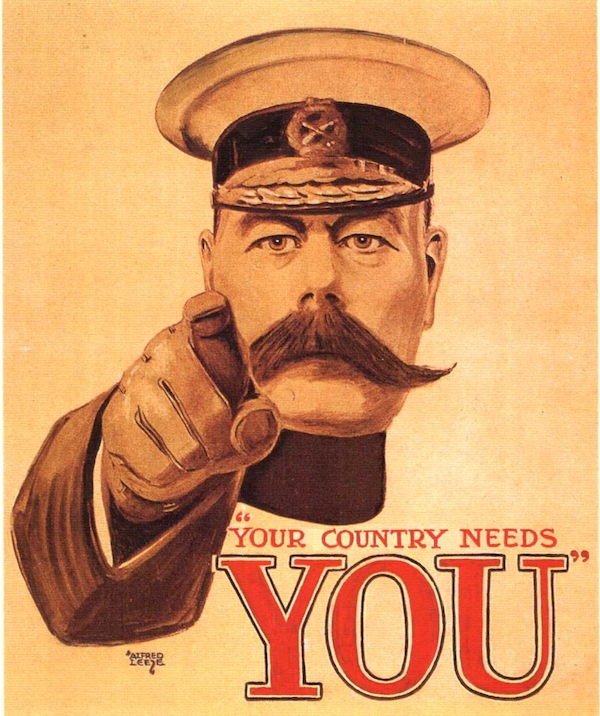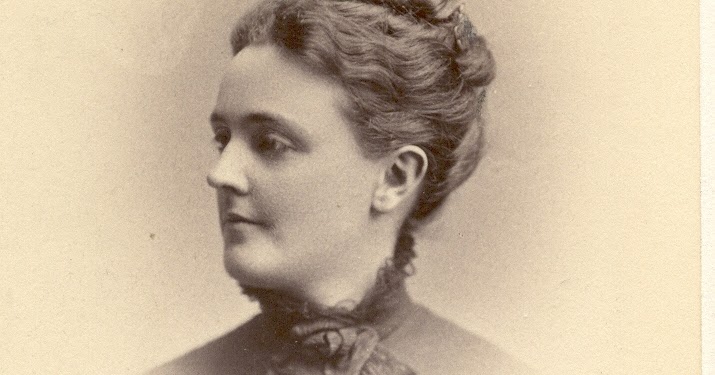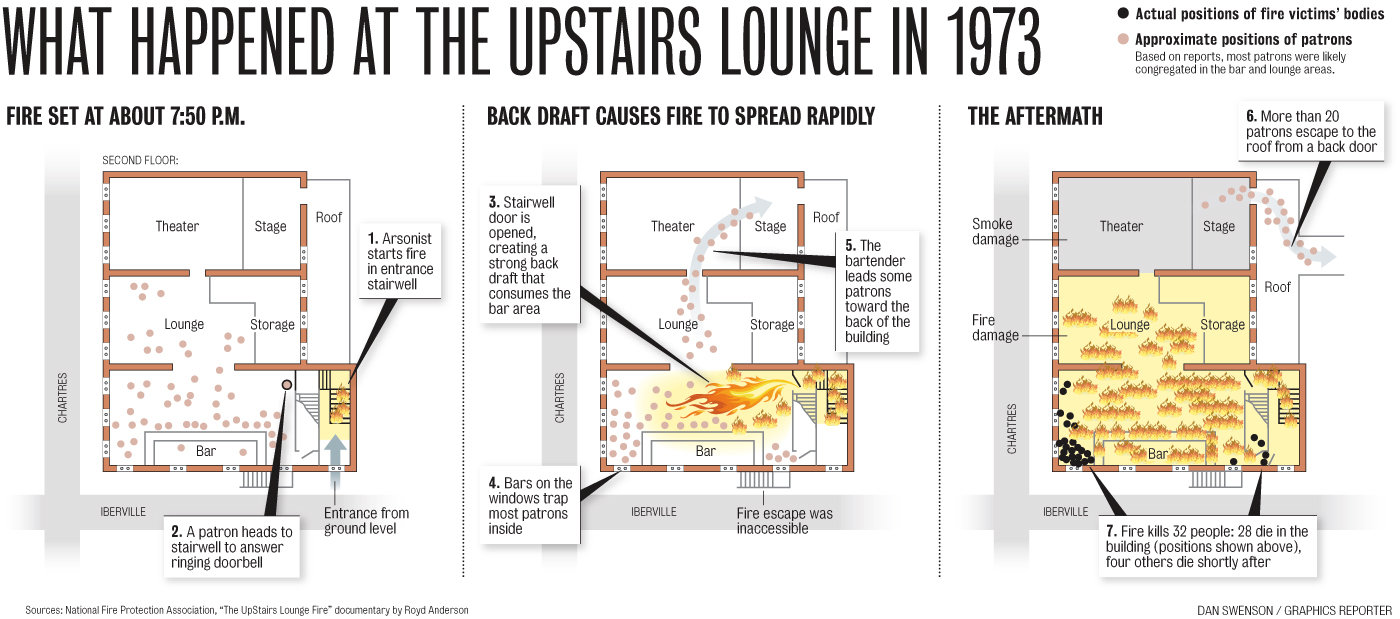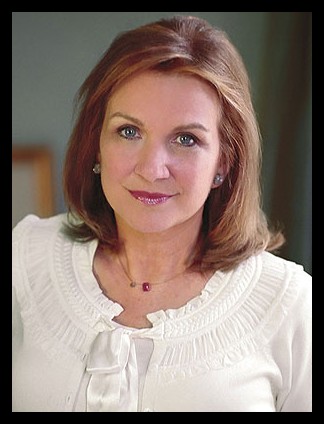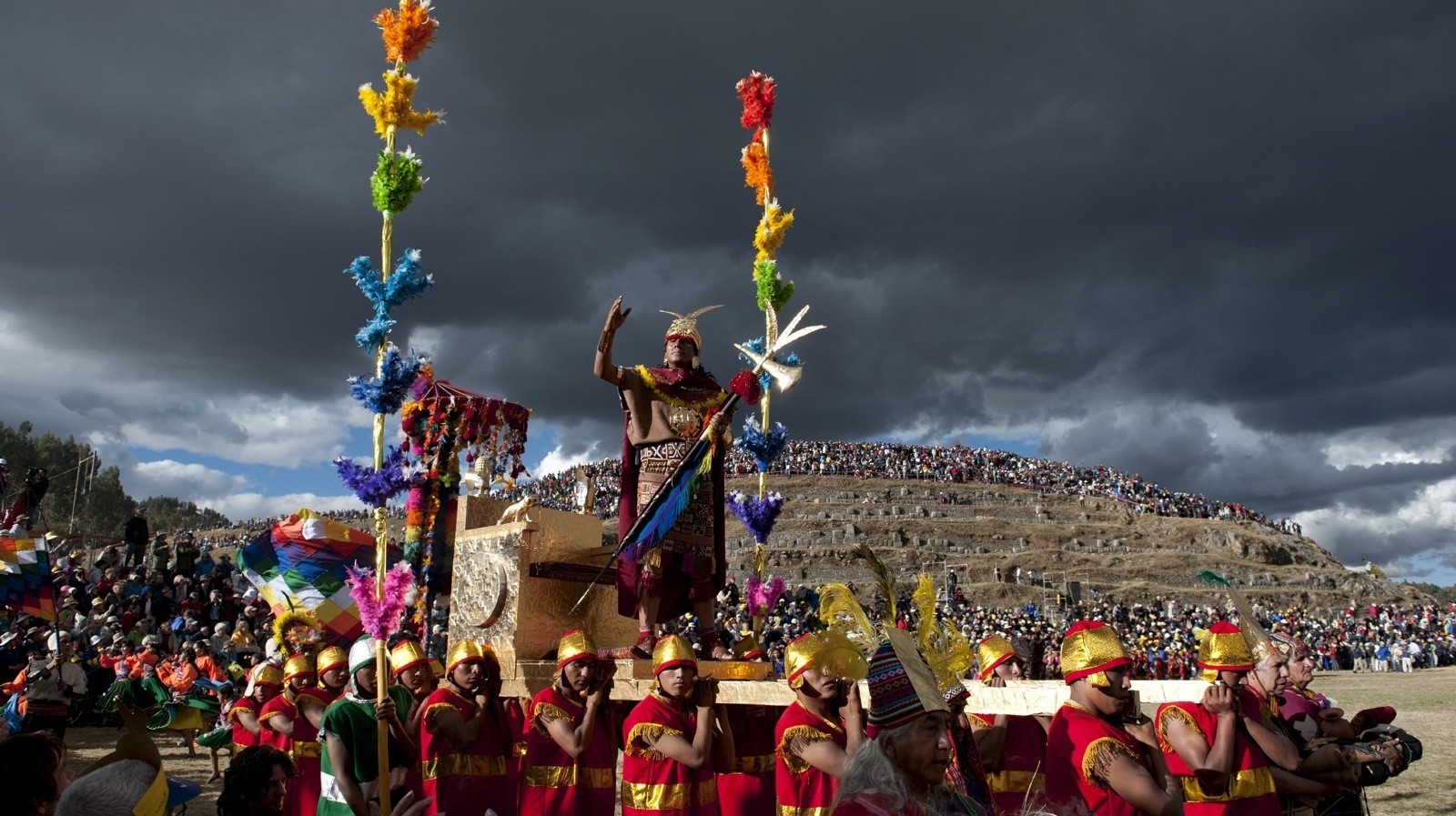|
Gay Wisdom for Daily Living brought to you by White Crane Institute ͏ ͏ ͏ ͏ ͏ ͏ ͏ ͏ ͏ ͏ ͏ ͏ ͏ ͏ ͏ ͏ ͏ ͏ ͏ ͏ ͏ ͏ ͏ ͏ ͏ ͏ ͏ ͏ ͏ ͏ ͏ ͏ ͏ ͏ ͏ ͏ ͏ ͏ ͏ ͏ ͏ ͏ ͏ ͏ ͏ ͏ ͏ ͏ ͏ ͏ ͏ ͏ ͏ ͏ ͏ ͏ ͏ ͏ ͏ ͏ ͏ ͏ ͏ ͏ ͏ ͏ ͏ ͏ ͏ ͏ ͏ ͏ ͏ ͏ ͏ ͏ ͏ ͏ ͏ ͏ ͏ ͏ ͏ ͏ ͏ ͏ ͏ ͏ ͏ ͏ ͏ ͏ ͏ ͏ ͏ ͏ ͏ ͏ ͏ ͏ ͏ ͏ ͏ ͏ ͏ ͏ ͏ ͏ ͏ ͏ ͏ ͏ ͏ ͏ ͏ ͏ ͏ ͏ ͏ ͏ ͏ ͏ ͏ ͏ ͏ ͏ ͏ ͏ ͏ ͏ ͏ ͏ ͏
|
|
||||
| This Day in Gay History | ||||
June 24Born 1850 - HORATIO KITCHENER, 1st Earl Kitchener of Khartoum, British field marshal (d. 1916); A decade after Alan Turing’s death, the same Brits who had pushed the mathematician over the precipice, howled in outrage at the publication of Douglas Plummer’s Queer People, a general history of homosexuality that sought to prove to the English people that Gayness was not limited to Oscar Wilde and a few assorted French couturiers. The book named names, among them, Kitchener, one of the great heroes of English Imperialism. Writers that make the case for his homosexuality include Montgomery Hyde, Ronald Hyam, Dennis Judd and Richardson. Biographers who make the case against include Cassar, Pollock, and Warner. Magnus and Royle hint at homosexuality, though Magnus is said to have later recanted. The proponents of the case point to Kitchener's friend Captain Oswald Fitzgerald, his "constant and inseparable companion," whom he appointed his aide-de-camp. They remained close until they met a common death on their voyage to Russia. From his time in Egypt in 1892, he gathered around him a cadre of eager young and unmarried officers nicknamed "Kitchener's band of boys." He also avoided interviews with women, took a great deal of interest in the Boy Scout movement, and decorated his rose garden with four pairs of sculptured bronze boys. According to Hyam, "there is no evidence that he ever loved a woman." A contemporary journalist remarked that Kitchener "has the failing acquired by most of the Egyptian officers, a taste for buggery". J.B. Priestly noted in his book on The Edwardians that one of Lord Kitchener's personal interests in life included planning and decorating his residences. He was also known to collect delicate china with a passion (such allusions to an 'artistic temperament' were a common code for implying homosexuality at that time). 1901 - HARRY PARTCH, American composer born (d. 1974); A composer and instrument inventor and builder, he was one of the first 20th century composers to work extensively and systematically with microtonal scales, writing much of his music for custom-made instruments he built himself, tuned in 11-limit Just intonation. It is said that Partch was sterile, probably due to childhood mumps. Most of Partch's loving relationships were with men. Interested in the potential musicality of speech, Partch found it necessary to build instruments that could underpin the intoning voice and develop notations that accurately and practically instructed players what to play. His first instrument was the "Monophone," later known as the "Adapted viola". Harry Partch's desire to use a different system of tuning inspired him to modify existing instruments and create new ones. He was, in his own words, "a philosophic music-man seduced into carpentry". His adapted instruments include the Adapted Viola (a viola fitted with a cello neck which extends the range by a fourth, and has changeable bridges to allow triple-stops to be sustained) and three Adapted Guitars: a guitar with the equal tempered frets replaced by a complex system of justly tuned frets, a guitar tuned in octaves, or 2/1's, played by moving a Pyrex rod along the strings, much like a slide guitar, and a 10-string fretless guitar played in a similar manner to his other fretless guitar, but with a wildly different tuning. He retuned the reeds of several reed organs and labeled the keys with a color code. The first one was called the Ptolemy, in tribute to the ancient music theorist Claudius Ptolemaeus, whose musical scales included ratios of the 11-limit, as Partch's did. The others were called Chromelodeons, a portmanteau of chrome (meaning "color") and melodeon. Partch also designed and built many instruments from raw materials: ~ The Diamond Marimba is a marimba with keys arranged in a physical manifestation of the 11-limit tonality diamond. ~ The Quadrangularis Reversum inverted the key layout of the Diamond Marimba with sets of alto-range auxiliary keys on either side. ~ The 11-key Bass Marimba and the 4-key Marimba Eroica have more traditional linear layouts, and are very low in pitch. The Eroica's range extends well below that of the concert piano. ~ The Mazda Marimba is made of Mazda light bulbs and named after the Zoroastrian god Ahura Mazda. ~ The Bamboo Marimbas, nicknamed "Boo" and "Boo II", are marimbas made of bamboo, using the concept of a tongued resonator to produce the tones. ~ The Cloud Chamber Bowls is a set of Pyrex bowls from a cloud chamber, suspended in a frame. The Spoils of War is a collection of several instruments, including more Cloud Chamber Bowls, artillery shell casings, metal whang-guns, and several wooden tones. ~ The Gourd Tree and Cone Gongs are two separate instruments often played by the same player. The gourd tree is a bough of eucalyptus supporting several singing bowls attached to gourd resonators.The cone gongs are two fuel tank nose-cones, mounted on a stand low to the ground. ~ The Zymo-Xyl (from the Greek words for "fermentation" and "wood") is a xylophone augmented with tuned liquor bottles and hubcaps. (Partch lamented that there was no Greek word for "hubcaps".) ~ The Kitharas (named after the Greek kithara) are large upright stringed instruments, tuned by sliding Pyrex rods underneath the strings, and played with fingers or a variety of plectra. Their sound is one of the most unmistakable in Partch's music. ~ The Harmonic Canons (from the same root as qanún) are 44-stringed instruments with complex systems of bridges. They are tuned differently depending on the piece, and are played with fingers or picks, or in some cases, unique mallets. In 1990, Dean Drummond's Newband became custodians of the original Harry Partch instrument collection, and frequently perform with and commission new pieces for Partch's instruments. The instruments have been housed in the Harry Partch Instrumentarium at Montclair State University in Montclair, New Jersey since 1999. In 2004, the instruments crossed campus into the newly constructed Alexander Kasser Theater, which provides a large studio space in the basement. Concerts by Newband and MSU's Harry Partch Ensemble may be viewed several times a year in this concert hall. Died 1909 - SARAH ORNE JEWETT, American writer died (b. 1849); A novelist and short story writer, best known for her local color works set in or near South Berwick, Maine, on the border of New Hampshire, which in her day was a declining New England seaport. She published her first important story in the Atlantic Monthly at age nineteen, and her reputation grew throughout the 1870s and '80s. Her literary importance arises from her careful, if subdued, vignettes of country life that reflect a contemporary interest in local color rather than plot. Jewett established a close friendship with writer Annie Fields (1834-1915) and her husband, publisher James T. Fields, editor of the Atlantic Monthly. After the sudden death of James Fields in 1881, Jewett and Annie Fields lived together for the rest of Jewett's life in what was then termed a "Boston Marriage." She is famous, as well, for her comment, "What has made this nation great? Not its heroes but it's households." Some modern scholars have speculated that the two were lovers. In any case, "the two women found friendship, humor, and literary encouragement" in one another's company, traveling to Europe together and hosting "American and European literati." Jewett never married. On September 3, 1902, Jewett was injured in a carriage accident that all but ended her writing career. She died three months after being paralyzed by a stroke in 1909. The Jewett family home in South Berwick, built in the late eighteenth century, is preserved as a National Historic Landmark. Noteworthy 1973 - THE UPSTAIRS LOUNGE ARSON ATTACK occurred on this date in 1973 at a Gay bar on the second floor of the three-story building located at 141 Chartres Street in the French Quarter of New Orleans, Louisiana. Thirty-two people were killed by the fire or by smoke inhalation. The most likely suspect, a man who had been thrown out of the bar earlier that day, was never charged. It was the deadliest arson attack in New Orleans at that time and one of the deadliest attacks on LGBT people in United States history. On Sunday, June 24, 1973, the final day of Pride Weekend, members of the Metropolitan Community Church held services inside the club, located on the second floor of a three-story building at the corner of Chartres and Iberville Streets. After the service, the club hosted free beer and dinner for 125 patrons. At the time of the evening fire, some sixty people were listening to pianist David Gary perform and discussing an upcoming MCC fundraiser for the local Crippled Children’s Hospital. At 7:56 p.m., a buzzer from downstairs sounded, and bartender Buddy Rasmussen, an Air Force veteran, asked Luther Boggs to answer the door, anticipating a taxi cab driver. Boggs opened the door to find the front staircase engulfed in flames, along with the smell of lighter fluid. Rasmussen immediately led some thirty patrons out of the back exit to the roof, where the group could access a neighboring building's roof and climb down to the ground floor. Some thirty others were left inside the second-floor club, and some attempted to escape by squeezing through barred windows. One man managed to squeeze through the 14-inch gap, only to fall to his death while burning. Reverend Bill Larson of the MCC clung to the bars of one window until he died, and his charred remains were visible to onlookers for hours afterwards. MCC assistant pastor George "Mitch" Mitchell managed to escape, but then returned to attempt to rescue his boyfriend Louis Broussard. Both died in the fire, their remains showing them clinging to each other. Firefighters stationed two blocks away found themselves blocked by cars and pedestrian traffic. One firetruck tried to maneuver on the sidewalk but crashed into a taxi. They arrived to find bar patrons struggling against the security bars and quickly brought the fire under control. Twenty-eight people died at the scene of the sixteen-minute fire, and one died en route to the hospital. Another 18 suffered injuries, of whom three, including Boggs, died. The official investigation failed to yield any convictions. The only suspect arrested for the attack was Rodger Dale Nunez, a local hustler and troublemaker who had been ejected from the bar earlier in the evening after fighting with another customer. Nunez had been diagnosed with "conversion hysteria" in 1970 and had visited numerous psychiatric clinics. After his arrest, Nunez escaped from psychiatric custody and was never picked up again by police, despite frequent appearances in the French Quarter. A friend later told investigators that Nunez confessed on at least four occasions to starting the fire. He told the friend that he squirted the bottom steps with Ronsonol lighter fluid bought at a local drug store and tossed a match. He did not realize, he claimed, that the whole place would go up in flames. Nunez committed suicide in November 1974. Coverage of the fire by news outlets minimized the fact that LGBT patrons had constituted the majority of the victims, while editorials and talk radio hosts made light of the event. No government officials made mention of the fire, and only one member of the clergy, Reverend William P. Richardson of St George’s Episcopal Church, agreed to hold a small prayer service for the victims on June 25. Approximately 80 people attended the event. The next day, Iveson Noland, the Episcopal bishop of New Orleans, rebuked Richardson for hosting the service. Noland received over 100 complaints from parishioners concerning the service, and Richardson's mailbox filled with hate mail. Two memorial services were held on July 1 at a Unitarian church and St Mark’s United Methodist Church, headed by Louisiana's Methodist bishop Finis Crutchfield and led by MCC founder Reverend Troy Perry, who came from Los Angeles to participate. Mourners exited through the church's main door rather than an available side exit, a demonstration of a new willingness to be identified on camera. Several families did not step forward to claim the bodies of the deceased. A few anonymous individuals stepped forward and paid for the three unknown men's burials, and they were buried with another victim identified as Ferris LeBlanc in a mass grave at Holt Cemetery. The book Let the Faggots Burn: The Upstairs Lounge Fire by Johnny Townsend is a good history of this tragedy. 2004 - "I don't know why somebody else's marriage has anything to do with me. I'm completely comfortable with Gay marriage. If he's pleasant to me on the street, if his children don't throw things in my yard, then I'm happy. It seems to me we're making issues of things that honestly don't matter." – The late ELIZABETH EDWARDS, ex-wife of Democratic presidential candidate (and narcissistic cad) John Edwards, speaking to reporters after her keynote speech to San Francisco's Alice B. Toklas LGBT Democratic Club. Her philandering husband responded by saying that he loves the way his wife always speaks her mind, but that he continued to only support civil unions for Gay couples all while having a child with another woman outside of his marriage and while his wife was fighting the cancer that would eventually take her life. Yeah...bye Felicia. Elizabeth Edwards deserved so much better. 2011 - The State of New York passes a Marriage Equality bill approved by a margin of 33-29 that gave Gay and Lesbian couples the right to wed. The new law, which took effect a month later on July 24, made New York the largest state to allow same-sex marriage. New York State became the sixth in America to change its marriage law, joining countries including Canada, Sweden, Argentina, and even Catholic Spain. Following a segment on the New York marriage equality vote, radical religious idiot Pat Robertson warned that America is becoming Sodom and will suffer the same fate of destruction, according to Right Wing Watch. Robertson is also inclined to blame hurricanes on the LGBT community: "In history, there has never been a civilization that has embraced homosexuality and turned away from traditional fidelity, traditional marriage, traditional child-rearing and has survived. There isn't one single civilization that has survived...So you say, 'what’s going to happen to America?' If history is any guide, the same thing is going to happen to us. Right Pat…like the Rapture. Anyone remember the Rapture from last year? Or the year before that? Why can’t we hold these people responsible for their ignorant and hateful rantings? Marriage equality now exists. Everywhere. So far so good. But do not take it for granted. They continue a full on assault our rights and the Constitution. RESIST! 2018 - INTI RAYMI in Cusco, Peru; The Inti Raymi ("Festival of the Sun") was a religious ceremony of the Inca Empire in honor of the god Inti. It also marked the winter solstice and a new year in the Andes of the Southern Hemisphere. Since 1944, a theatrical representation of the Inti Raymi has been taking place at Sacsayhuaman (two km. from Cusco) on June 24 of each year, attracting thousands of tourists and local visitors. During the Inca Empire, the Inti Raymi was the most important of four ceremonies celebrated in Cusco, as related by Inca Garcilaso de la Vega. The ceremony was also said to indicate the mythical origin of the Incas, lasting nine days of colorful dances and processions, as well as animal sacrifices to ensure a good cropping season. The last Inti Raymi with the Inca Emperor's presence was carried out in 1538, after which the Spanish conquest and the Catholic church suppressed it. Some natives participated in similar ceremonies in the years after, but it was completely prohibited in 1572 by the Viceroy Francisco de Toledo, who claimed it was a pagan ceremony opposed to the Catholic faith. In 1944, a historical reconstruction of the Inti Raymi was directed by Faustino Espinoza Navarro and indigenous actors. The first reconstruction was largely based on the chronicles of Garcilaso de la Vega and only referred to the religious ceremony. This writer was in Cusco for the celebration in 2000. Check out these images of this colorful celebration in a city whose flag is the rainbow. Midsummer Day in England refers to specific European celebrations that accompany the actual solstice, or that take place June 24 and the preceding evening, related to the birthday of St. John the Baptist European midsummer-related holidays, traditions and celebrations, many of which are pre-Christian in origin and have been Christianized as celebrating the Nativity of St. John the Baptist as "Saint John's Day" festivals, are particularly important in Latvia, Lithuania, Norway, Denmark, Sweden, Finland and Estonia, but also found in Ireland, parts of Britain (Cornwall especially), France, Italy Malta, Portugal, Spain and in other parts of Europe and elsewhere, such as Canada, the United States, and even in the Southern Hemisphere (Brazil) where this European celebration would be more appropriately called Midwinter.. Midsummer is also sometimes referred to by neo-pagans and some others as Litha, stemming from Bede's De temporarum ratione in which he gave the Anglo-Saxon names for the months roughly corresponding to June and July as "se Ærra Liþa" and "se Æfterra Liþa" (the "early Litha month" and the "later Litha month") with an intercalary month of "Liþa" appearing after se Æfterra Liþa on leap years. Solstitial celebrations still center on June 24th, which is no longer the longest day of the year. The difference between the Julian calendar year (365.2500 days) and the tropical year (365.2422 days) moved the day associated with the actual astronomical solstice forward approximately three days every four centuries, until Pope Gregory XIII changed the calendar bringing the solstice to around June 21st. In the Gregorian calendar, the solstice moves around a bit, but in the long term it moves only about one day in 3000 years. | ||||
|
|8|O|8|O|8|O|8|O|8|O|8|O|8|O|8| Gay Wisdom for Daily Living from White Crane Institute "With the increasing commodification of gay news, views, and culture by powerful corporate interests, having a strong independent voice in our community is all the more important. White Crane is one of the last brave standouts in this bland new world... a triumph over the looming mediocrity of the mainstream Gay world." - Mark Thompson Exploring Gay Wisdom & Culture since 1989! |8|O|8|O|8|O|8|O|8|O|8|O|8|O|8| | ||||
|
|||||
|

